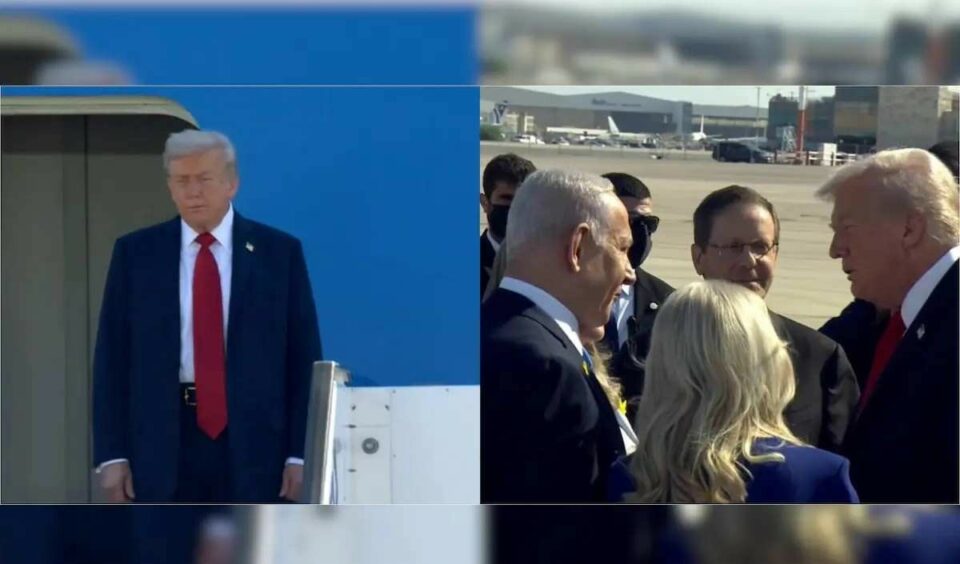Israel Launches “Operation Returning Home” as First Hostages Freed in Gaza Ceasefire Deal
In a significant development following a fragile ceasefire, Israel has initiated a complex operation to repatriate its citizens held hostage by Hamas in Gaza. The launch of “Operation Returning Home” marks a pivotal moment in the conflict, triggering a carefully coordinated hostage-prisoner exchange amid high hopes and lingering uncertainties.
The Israeli Defense Forces (IDF) officially announced the operation, signaling the start of a phased process to bring hostages home after weeks of captivity. This breakthrough follows intense diplomatic efforts and military pressure, creating a window for de-escalation and humanitarian relief.
“Operation Returning Home”: The Mission to Reunite Families
The IDF formally commenced “Operation Returning Home” with a public declaration on social media platform X, stating, “The IDF is now launching Operation ‘Returning Home’ to return our hostages from Hamas captivity. In a few hours we will all be reunited — one people, embraced and united.”
Lieutenant General Eyal Zamir, Chief of the General Staff, described the operation as a “significant achievement,” underscoring the dual goals of securing the hostages’ safe return and neutralizing the threat posed by Hamas to Israeli civilians. Prime Minister Benjamin Netanyahu’s office confirmed its readiness to receive the returning individuals, working in close coordination with military authorities.
First Hostages Freed and Initial Emotional Reactions
The operation saw its first tangible success with the confirmed release of seven living hostages by Hamas on Monday. These individuals are now under the care of IDF units, who are escorting them to secure locations for immediate medical evaluation and emotional support.
Israeli authorities have appealed to the public and media to respect the privacy and dignity of the freed captives and their families, urging reliance on official sources for updates. The return of the first group has been met with widespread elation across Israel, a moment of collective relief amid the prolonged crisis.
In a poignant development, some hostages still in captivity, including Matan Zangauker, Nimrod Cohen, and Ariel and David Cunio, were able to make brief video calls to their families, as reported by the Hostages and Families Forum. These contacts provided a crucial, though limited, reassurance of their well-being.
The Ceasefire Terms: Hostage-Prisoner Exchange and Logistics
The current ceasefire is underpinned by a specific exchange agreement. Hamas is slated to release a total of 20 living Israeli hostages. In return, Israel has committed to freeing more than 1,900 Palestinian prisoners, a group reported to include both convicted individuals and those held in administrative detention without trial.
The International Committee of the Red Cross (ICRC) is playing a critical neutral role in the process. A Red Cross convoy has been activated to facilitate the handover, tasked with receiving hostages at a designated point in southern Gaza and ensuring their safe transfer to Israeli authorities.
International Diplomacy: Trump Declares “War Is Over”
The ceasefire has drawn high-level international involvement, with U.S. President Donald Trump arriving in Israel to bolster the agreement. During his visit, President Trump declared that “the war in Gaza is over,” aiming to cement the truce and generate diplomatic momentum. His itinerary includes meetings with Israeli leadership and a subsequent peace summit in Egypt with regional leaders.
Leadership Responses and the Road Ahead
Israeli leadership has expressed a mix of gratitude and determination. President Isaac Herzog stated, “With thanks to God we welcome our loved ones. We are waiting for everyone — every last one.” The Prime Minister’s Office is also providing practical support, preparing “welcome kits” with essential items like clothing and electronics for the returning hostages.
Despite the hopeful start, significant challenges remain. The success of the operation hinges on several factors:
-
The timely release of all remaining hostages.
-
The recovery and identification of the remains of deceased captives.
-
A full assessment of the physical and psychological condition of those freed.
-
The smooth execution of the large-scale prisoner swap without violations.
-
The ability to maintain the ceasefire in the face of potential provocations.
The coming hours and days will be critical in determining whether this agreement can evolve into a more lasting peace.

